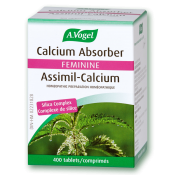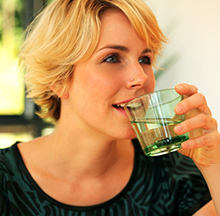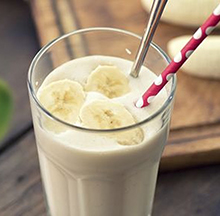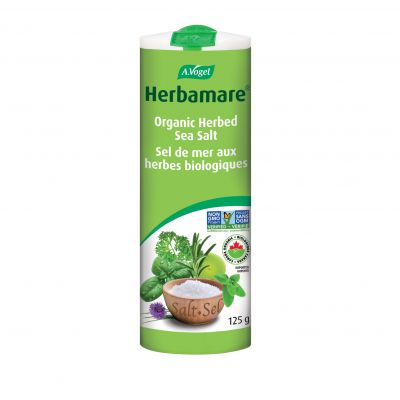What is osteoporosis?
A term that literally means “porous bone”, osteoporosis leads to weakness and fragility due to a low bone mass. This disease affects nearly 10% of Canadians, many of whom are elderly and at risk of experiencing a fall which could prove fatal in some cases.
What causes osteoporosis?
When it comes to bone management, there are a few characters involved. Osteoblasts are responsible for generating new bone, while osteoclasts are responsible for breaking down bone. The system in charge of our bone health is in a constant state of flux. As we grow, new bone is rapidly being created to support the transition from child to teenager to adult. At the same time, the body must maintain a certain level of calcium in the body for proper functioning, and might break down bone to form a supply that meets the demand.
Osteoporosis occurs based on three situations.
- The osteoclasts are overactive, breaking down bone at a much faster rate than is healthy. This leads to gaps in the bony structure.
- The osteoblasts are underactive and fail to generate a sufficient amount of bone to support the necessary movements or structures of the body.
- A combination of the two scenarios can cause osteoporosis to develop rapidly seeing as the bone builders are slacking on the job while the bone breakers are ready to get to work.
You may start to notice some of the following signs:
- Joint or bone pain
- Postural changes
- Loss of height
- Easy fractures – it takes quite a lot of force to break a bone, so it shouldn’t occur with a low-energy impact.
How does one get diagnosed with this disease?
The gold standard of diagnosing osteoporosis is with a bone mineral density test. This allows radiologists to interpret how thick or thin the bones are depending on how much light gets reflected back.
The density is then compared to someone aged 30, the age at which human bone density reaches its peak. Most individuals will fall somewhere close to that number if they follow a few of the steps laid out below, but others will fall outside the normal range.
The test is rated with something known as a T-Score, and those falling outside of 2.5 standard deviations from this average 30 year old may have severe osteoporosis.
What are some risk factors?
1. The one that might come to mind more readily than the others is old age. Unless you’ve figured out a way to freeze the march of time, then this one is pretty well impossible to stop. As mentioned, bone mass peaks at 30 and begins a steady decline after that.
2. A vitamin D deficiency…
now how exactly would that put you at risk? Vitamin D stimulates the absorption of calcium in the intestines, so without this important vitamin, bones can’t deposit the mineral to form a strong foundation.
3. A thin build may increase your risk of developing this degenerative condition. The skeleton is the support structure for the rest of the body, and much like our muscles respond to weight bearing exercise, so too do our bones. With more body weight, there’s more to support, and our bones accommodate within moderation of course.
4. Gender is another risk factor with woman having double the risk of developing osteoporosis than men. This is true even for transgender females on hormone therapy as their risk profile begins to reflect that of cisgender females. Estrogen has a protective effect against bone loss as it promotes the activity of osteoblasts. As the levels of estrogen fall with age, females lose that protective effect.
5. Unsurprisingly, smoking is one of the larger preventable risk factors. Cigarette smoke increases the activity of osteoclasts around the body which break down bones.
6. Alcohol interferes with the body’s uptake of calcium and its ability to produce vitamin D. The other risk is how inebriation affects your walking ability, placing you at higher risk of falling.
How do I defend myself against these risks?
Supplementing with vitamin D is a good way to ensure the calcium is absorbed. Health Canada recommends 600 IU’s for those 9-70 years of age as the recommended daily intake, a number that rises to 800 IU’s past 70 years. Regarding weight, it’s important that you maintain a healthy body mass index for your gender and age that includes foods high in calcium with enough vitamin D to bring the calcium into the body. Seeds are rich in minerals including calcium including chia and sesame seeds with a single tablespoon packing between 10-15% of your recommended daily intake.
While quitting smoking and abstaining from alcohol may not be written in the stars for everyone, moderation is key to maintaining healthy bones and understanding what truly constitutes a drink can have lasting benefits on your future choices.
Another means of promoting bone density is with Calcium Absorber. This homeopathic combination contains minerals such as silica, calcium and sodium salts in addition to the herb stinging nettle (Urtica dioica). Processed nettle has been shown to provide a wide variety of nutrients including 90-100% of your daily intake of vitamin A, and supplies 50% of your daily intake of calcium when eaten raw or 43% when cooked.
References
https://www.bones.nih.gov/health-info/bone/osteoporosis/conditions-behaviors/alcoholism
http://www.cmaj.ca/content/182/12/E610
https://www.ncbi.nlm.nih.gov/pmc/articles/PMC3405161/
https://www.ncbi.nlm.nih.gov/pmc/articles/PMC3872979/
https://www.ncbi.nlm.nih.gov/pubmed/21861106
https://www.ncbi.nlm.nih.gov/pubmed/23776235
https://www.ncbi.nlm.nih.gov/pubmed/26904610
https://www.ncbi.nlm.nih.gov/pubmed/28737632
https://www.ncbi.nlm.nih.gov/pubmed/29630732







